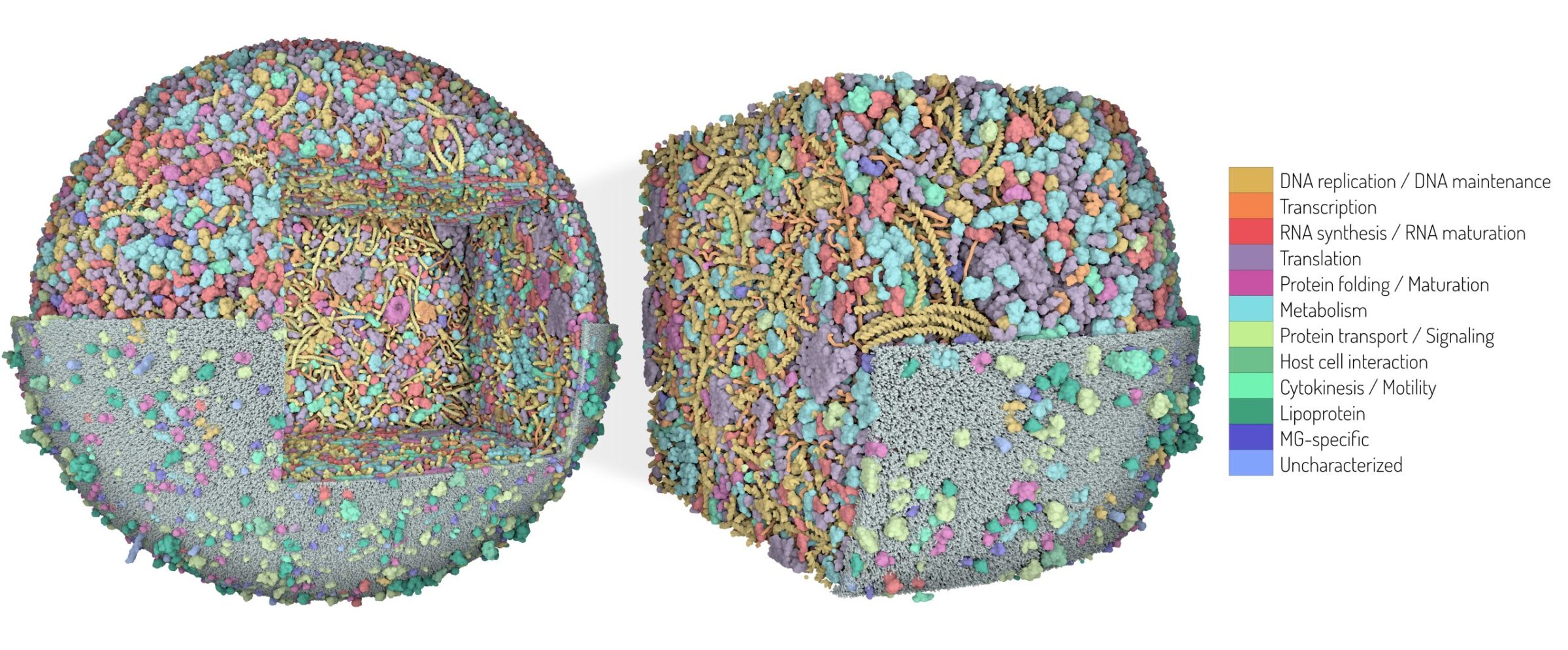In 2024, a paper by Olen R. Brown, a professor emeritus in biomedical sciences at the University of Missouri, and David A. Hullender, a professor of mechanical engineering at the University of Texas at Arlington, was published in the Elsevier journal Progress in Biophysics and Molecular Biology.1 The paper is provocatively titled, “Biological evolution is dead in the water of Darwin’s warm little pond.” This study represents an additional example of a peer-reviewed paper that is critical of evolution and favorable towards design.
The paper seeks to elucidate the plausibility of naturalistic evolutionary processes generating a minimal living cell (itself a requirement for evolution by natural selection to even operate, since differential survival requires that there already be an organism that is capable of self-duplication). The paper advances the idea that the simultaneous emergence of vitamins and the enzymes that are dependent on them presents an underappreciated challenge to the efficacy of natural selection. The authors attempt to probabilistically model how difficult it would be to achieve a minimal cell by chance, determining that it is so vanishingly unlikely, even under assumptions deliberately biased in favor of evolution, as to render evolutionary explanations highly implausible.
Co-Origination of Enzymes and Cofactors
The authors introduce the concept of “co-origination” — the requirement for enzymes to arise simultaneously with their vitamin-derived cofactors. Since neither enzymes nor their cofactors provide a selective benefit on their own, they cannot be preserved by selection unless they arise at the same time. As they explain,
It is inescapable logic that evolutionarily, enzymes must arise together with all required cofactors and many enzymes require vitamins for this function. The independent origination of any enzyme that requires a cofactor, and the independent origination of its cofactor provides no benefit that can be saved by survival of the fittest. Such events actually are a burden for evolution because they require the expenditure of energy and other resources on futile endeavors that have only future utility.
The authors consider Mycoplasma genitalium as an example of a minimally complex cell (see the illustration at the top).2 Even this stripped-down form of life, which is an obligate parasite and non-free living, requires hundreds of genes, enzymes, and cofactors. The authors list ten biochemical pathways in this minimally complex cell, each of which depends upon multiple enzymes and coenzymes, as shown in the table below:

They note that “there are at least 70 unique enzymes in the 8 biochemical processes (functions) that we consider.” The authors then proceed to provide a calculation of the odds of the necessary enzymes and coenzymes co-originating. Even with assumptions that are favorable to evolution (for example, excluding from their analysis vitamin synthesis as well as oxidative phosphorylation and DNA repair), they nonetheless estimate that the probability is vanishingly small — between 10-227 and 10-1137 for producing a minimal living cell. To put this into perspective, the number of elementary particles in the observable universe is estimated to be approximately 1080.
Jerry Coyne’s Critique
Over at Why Evolution Is True, evolutionary biologist Jerry Coyne has published a critique of the paper. In particular, he objects to the use of Mycoplasma genitalium as a minimal cell:
This is one big flaw in the authors’ logic, for M. genitalium is already highly evolved, and the first “living” organism must have been much simpler than this. In fact, we have no idea what it was, but it wasn’t M. genitalium or anything like it with a sophisticated replication system. And of course life did not originate “by chance.” That’s the “junkyard tornado” fallacy named by Fred Hoyle.
This objection, however, is circular. Coyne assumes that unguided evolutionary processes can, in fact, account for life’s origins, and thus whatever was the most primitive form of life, it must have been sufficiently simple to be explicable by evolutionary mechanisms. But what if this assumption is false? We lack any justification for thinking that a form of life much simpler than M. genitalium is viable. Indeed, Coyne himself seems to concede this, since he says that “we have no idea what it was.” But since the viability of organisms much simpler than M. genitalium is critical to evolutionary theory, Coyne, rather than questioning the theory, assumes that it mustsurely be possible. This is a textbook example of begging the question. Indeed, there are reasons to think that life cannot plausibly get much simpler than this. As John Glass et al. observe concerning a related organism, Mycoplasma mycoides (belonging to the same genus and comparably minimal), “it replicates DNA, transcribes RNA, translates proteins, undergoes cell division, and little else.”3
Coyne also objects to the authors’ thesis that proteins and enzymes had to arise by chance. Rather, Coyne insists, they evolved “by natural selection from earlier precursor states” and “enzymes and coenzymes must have coevolved through rudimentary precursors that we don’t know of, and must have done so together.” Again, Coyne assumes, without argument, that functional rudimentary precursors are possible. But his only ground for thinking this is his assumption that naturalistic evolution is true, which is the very point of contention. That we lack independent justification for believing this is conceded by Coyne’s statement that “we don’t know” what these precursors could have consisted of.
How to Avoid Question-Begging
To avoid begging the question, Coyne must provide a justification, independent of the predictions of evolutionary theory, for believing that (a) an organism much simpler than M. genitalium is viable; (b) that complex enzymes could have evolved gradually from simpler proteins; and (c) that enzymes and coenzymes could have coevolved via rudimentary precursors. Based on the information available today, we have evidence against these contentions. Of course this provisional assessment is subject to revision in light of new evidence. On the basis of what we know today, however, the evolutionary explanation for the simplest known cellular life is found wanting.
Notes
- Brown OR, Hullender DA. Biological evolution is dead in the water of Darwin’s warm little pond. Prog Biophys Mol Biol. 2024 Nov;193:1-6. doi: 10.1016/j.pbiomolbio.2024.08.003. Epub 2024 Aug 15. PMID: 39153552.
- Glass JI, Assad-Garcia N, Alperovich N, Yooseph S, Lewis MR, Maruf M, Hutchison CA 3rd, Smith HO, Venter JC. Essential genes of a minimal bacterium. Proc Natl Acad Sci U S A. 2006 Jan 10;103(2):425-30. doi: 10.1073/pnas.0510013103. Epub 2006 Jan 3. PMID: 16407165; PMCID: PMC1324956.
- Glass JI, Merryman C, Wise KS, Hutchison CA 3rd, Smith HO. Minimal Cells-Real and Imagined. Cold Spring Harb Perspect Biol. 2017 Dec 1;9(12):a023861. doi: 10.1101/cshperspect.a023861. PMID: 28348033; PMCID: PMC5710109.









































